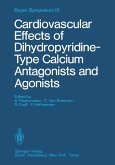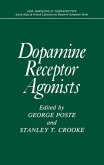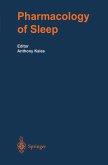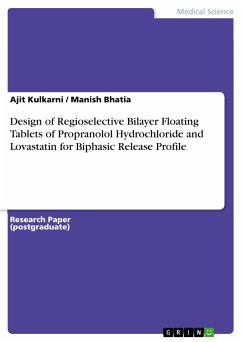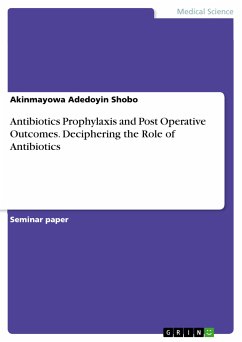Academic Paper from the year 2010 in the subject Medicine - Pharmacology, , language: English, abstract: Post-traumatic stress disorder (PTSD) is a severe anxiety disorder which can occur in people who experience fear, helplessness, or horror following threat of injury or death. The first section of this review discusses the epidemiology and the risk factors for PTSD. The second section discusses the DSM-IV criteria for diagnosis of PTSD. Adrenergic dysfunction is responsible for most of the hyperarousal and reexperiencing symptoms seen in patients suffering from PTSD. Reduced cortisol and increased levels of corticotrophin releasing hormone also contribute to the adrenergic dysfunction. The third section discusses the role of the dysfunction of the central as well peripheral adrenergic nervous system and how it may be contribute to the reexperiencing and hyperarousal symptoms seen in patients with PTSD. Dysregulation of the hypothalamus-pituitary-adrenocortical axis results in exaggerated suppression of cortisol levels in PTSD patients and contributes to hyperfunctioning of the adrenergic nervous system seen in those patients. Adrenergic antagonists have emerged as a promising therapeutic intervention to treat the adrenergic dysfunction seen in patients with PTSD. Clinical studies carried out so far have shown that propranolol, clonidine and prazosin have a beneficial role in alleviating some of the symptoms of PTSD. Clonidine and prazosin can be useful for treating traumatic nightmares and hyperarousal symptoms seen in patients with PTSD. Propranolol by blocking the consolidation of memory for traumatic events can be useful for secondary prevention of PTSD in patients who suffered a traumatic event. There is a great need for large scale clinical trials to further evaluate these and newer agents for the growing need for pharmacological treatment of patients with PTSD.
Dieser Download kann aus rechtlichen Gründen nur mit Rechnungsadresse in A, B, BG, CY, CZ, D, DK, EW, E, FIN, F, GR, HR, H, IRL, I, LT, L, LR, M, NL, PL, P, R, S, SLO, SK ausgeliefert werden.





